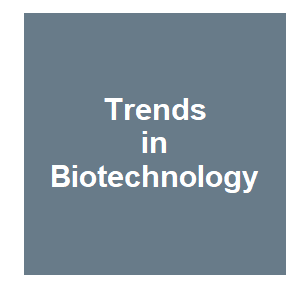Gene Drive-Modified Organisms: Developing Practical Risk Assessment Guidance

|
Y. Devos, M. B. Bonsall, L. G. Firbank, J. Mumford, F. Nogué and E. A. Wimmer,
Trends in Biotechnology,
2020.

Risk assessors, risk managers, developers, potential applicants, and other stakeholders at many levels discuss the need for new or further risk assessment guidance for deliberate environmental releases of gene drive-modified organisms. However, preparing useful and practical guidance entails challenges, to which we offer recommendations based on our experience drafting guidance. There are concerns that deliberate environmental releases (termed hereafter releases) of GD-modified organisms (GDMOs) may eradicate (in contrast to control) the target organism, lead to undesired effects and uncontrolled spread, affect nontarget organisms and ecosystems in unanticipated and irreversible ways, or adversely impact biodiversity and health with no current ability for recall [6]. While some adverse effects are similar in many conventional or other genetic control systems, additional concerns are expressed about novel harms. These concerns have prompted some scientists, scientific and nongovernmental organisations, and parliamentarians to call for either the strict application of the precautionary principle or a moratorium on GD research. Calls are also made for better understanding of potential ecological and evolutionary impacts of GDMO releases. To address these concerns, recommendations on phased testing, responsible and sustainable deployment, and effective engagement of relevant stakeholders have been developed [5., 6., 7., 8.]. Moreover, regional approaches facilitating international regulatory oversight and approval have been suggested for governance of GDMOs that may spread across jurisdictional boundaries [9]
More related to this: Further guidance required for assessment of gene drive technology, says EFSA Evaluation of genetically modified mosquitoes for the control of vector-borne diseases Gene Drive Control Worry Eased by Genetic Neutralizing Elements
|



